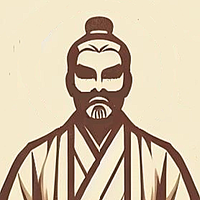
Xianyang City Bureaucrat
@xianyangcb
The Stratagems of the Warring States and other open access Classical Chinese translations. Pronouns: 臣/臣之. MQGA
ID: 1201752215989317632
https://warringstates.wixsite.com/warringstates 03-12-2019 06:37:21
52,52K Tweet
17,17K Takipçi
2,2K Takip Edilen




Xianyang City Bureaucrat thirsty concubines in my fiefdom

Xianyang City Bureaucrat “how to plot against sovereign” “plotting against sovereign guide” “mistakes to avoid when plotting” “what to do about fox spirit attempting to seduce me”

Xianyang City Bureaucrat ‘Minoan Mommy Milkers’ … ‘Minoan Milfs in my area’ … ‘Minoan Giant Naturals’ … ‘Where are the Minoan ladies at?’


Xianyang City Bureaucrat stone_age_pervert_-_stone_age_mindset (claytabletZZ-originals.ur).epub

Watermelon 🚄🇺🇸 Xianyang City Bureaucrat you actually want to search is "5 things I wish I knew before I started plotting"

Xianyang City Bureaucrat royal concubine feet pics royal concubine feet pics small royal concubine feet pics smallest no smaller dammit

Xianyang City Bureaucrat Sea people dating How to get sea people gf WM SPF Sea people stepsister










